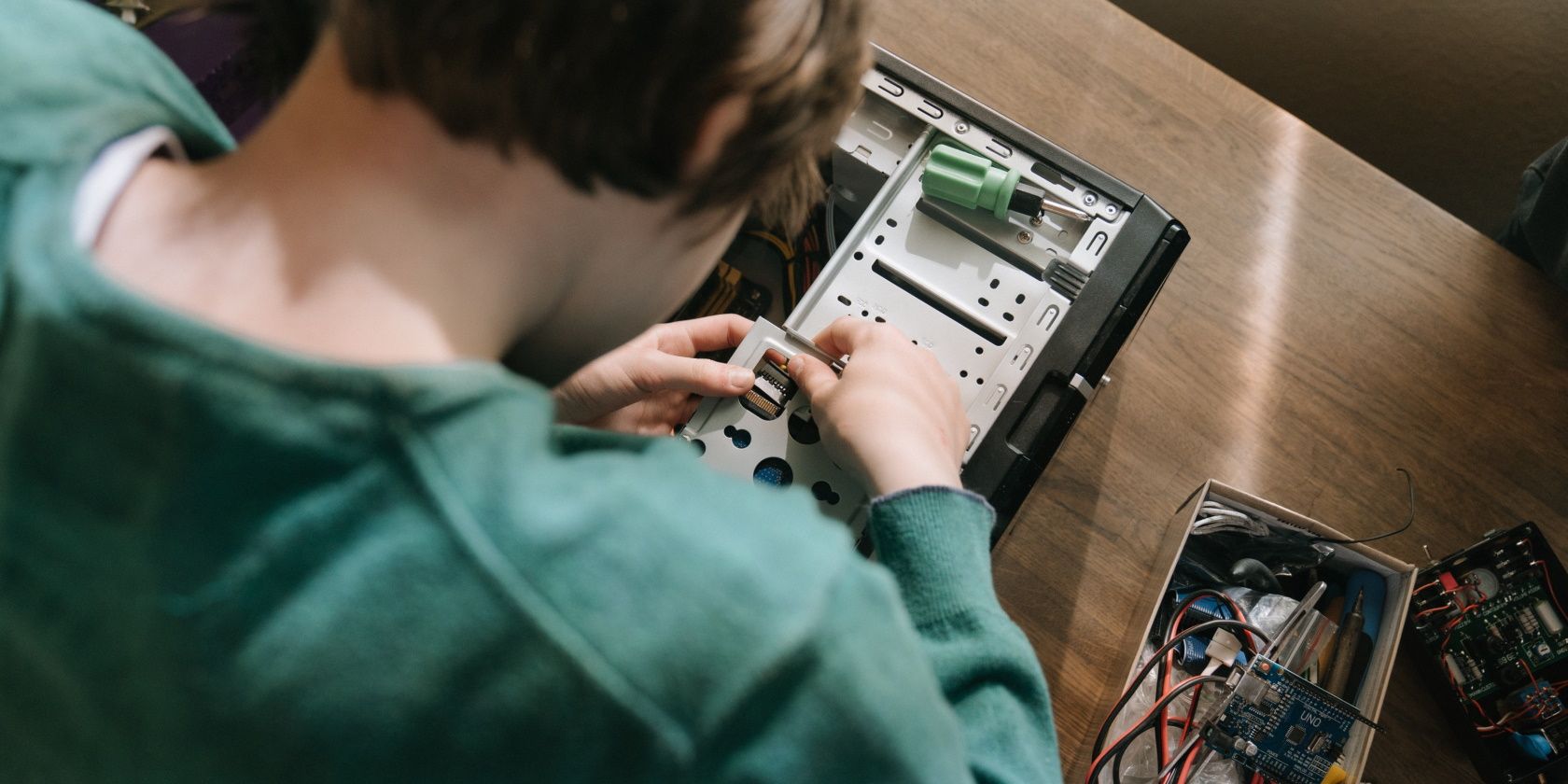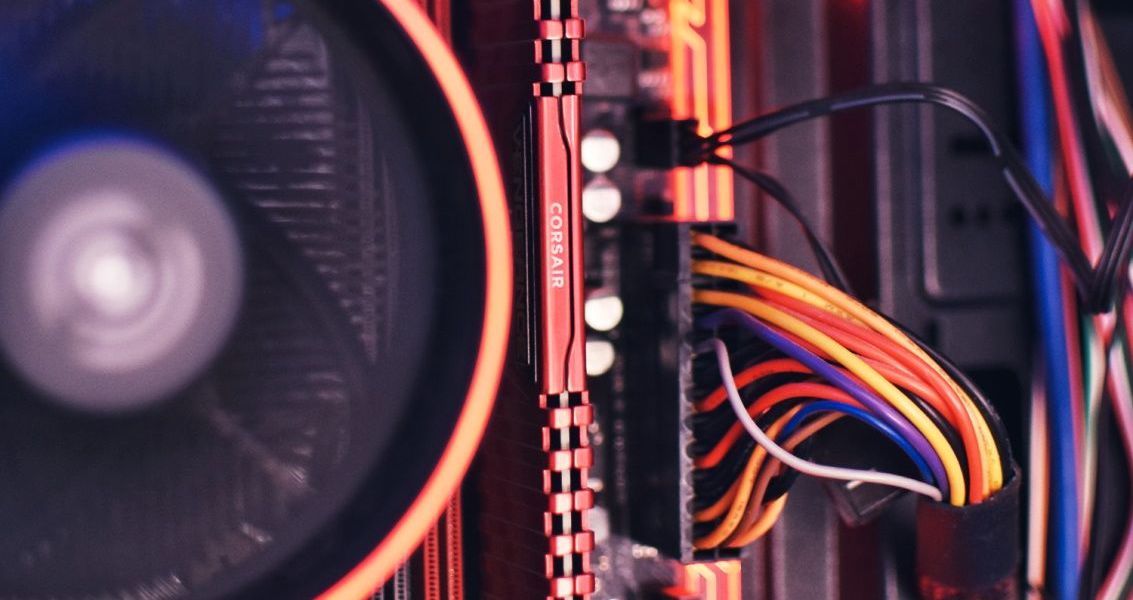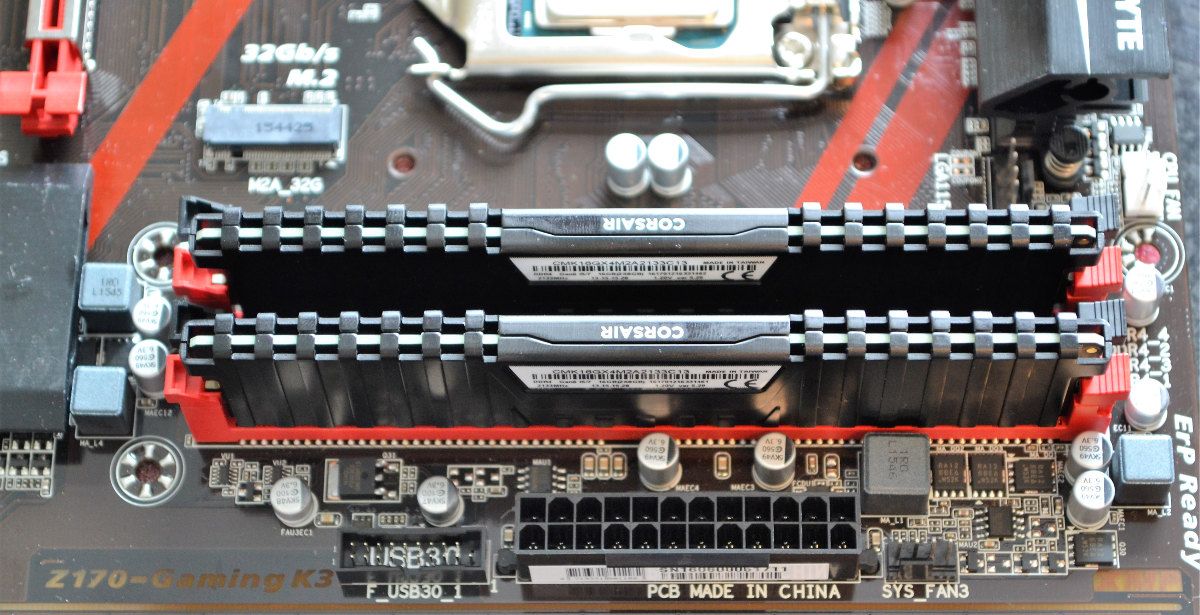If you've just found yourself with a dead computer, there's no reason to panic. It can happen for any number of reasons, including power problems, hardware issues, or software bugs. So it's common not to know where to start or what the problem is.
Although it may seem like you can do nothing to fix your computer, there are plenty of things to try before spending money replacing it. So if your computer won't turn on all of a sudden, these are the fixes for you.
1. Try Different Cables
While this is highly unlikely, it's best to check this first and rule it out. You can take a look at your power cable—it may have come loose or become disconnected, in which case you will need to reconnect it. Occasionally, the cord itself is the problem.
If you have a spare power cord, it might be a good idea to swap it out. You can try restarting your computer with the new power cable.
2. Decode Motherboard Error Beeps (or Check Error Code)
When you're trying to switch on the computer, you might hear a series of beeps coming from the motherboard. While a single beep indicates that all is well, a long and continuous series may mean the power supply is experiencing a critical fault.
For troubleshooting, there is no standard set of error codes. Your computer may emit error codes in a series of short and long beeps, which sounds a bit like Morse code. You'll need to check the computer's user manual to figure out what these beeps mean, which will help you fix a computer that won't switch on.
You can look for this information on the manufacturer's website if you don't have the computer's manual. And if your computer doesn't beep at all, you can try installing a digital display or a cheap speaker on the motherboard header to look for errors. Sometimes it's the simplest tools that help fix a motherboard.
Check the Motherboard Error Codes
Some modern motherboards have a digital display that illustrates a specific error code or a set of LEDs indicating what process is failing. A motherboard with an error code display is handy because it theoretically makes it easier to hone in on why your computer won't turn on. You'll still have to search and find out exactly what the error code means, but it's a good starting point.
3. Try a Different Power Source
If your computer isn't starting up at all—no lights blinking, no error codes beeping, and no fans running—it probably has a power issue.
You can try unplugging the power source and plugging it into a wall outlet you're certain is working. If you're using a laptop, ensure you've plugged the charger in and flipped on the power supply button.
Alternatively, you might need a new power supply unit (PSU). The PSU provides power to your computer, and if this fails, nothing else will work, and your computer won't turn on. Try swapping out the PSU for a new one, or borrow a known good alternative from a friend.
4. Check if Your Power Button Is the Problem
If your computer doesn't start, but the motherboard light is on, or the fans are running, you could be having trouble with your power button. For troubleshooting, try switching on the motherboard onboard button. However, motherboards aren't all the same, so not all have an onboard power button. If you're having trouble locating it, you can look through the motherboard manual.
If your motherboard has no onboard power button, you can touch a screwdriver to the power switch header pins to jumpstart your PC. This is a useful temporary solution to see if your power button or the case is the problem when your PC won't start.
You should also check the PC front panel connectors. While it's unlikely they've become unconnected, they may have broken in another way (and checking if they're in place is worthwhile).
5. Check Your Display
If your computer is making sounds, but you're not seeing anything on the screen, it may be the monitor at fault. You can start by ensuring you've connected your monitor to the computer and the power supply.
You should also double-check to ensure the monitor's power cord isn't at fault. If using another power cable doesn't resolve the issue, and you have a spare monitor or a TV that you can connect, try plugging it in. If your computer now starts up, it looks like you need to replace your monitor.
6. Unplug USB Devices You Don't Need
When trying to troubleshoot an issue, it is best to eliminate all variables contributing to the malfunction. Focus on the area with the most likely cause. If you've got this far and your problem persists, disconnect everything and try booting the computer with just the keyboard and mouse.
In dire situations, troubleshoot without a keyboard and a mouse to ensure none of the USB devices are causing a conflict. Every so often, the ports could be the cause. That's why ensuring the ports are empty during the booting process can be helpful.
7. Reduce the Heat
A computer can shut down from overheating. Dust buildup on the vents or the fans can lead to overheating and, subsequently, shut down your machine or cause it not to boot.
The best troubleshooting option in this situation is to wait for your computer to cool down. You can also use software to regulate and monitor your fan speeds and the cooling system or an external hardware cooler. Your PC should have empty compartments above the processor to add external coolers.
8. Check the Surge Protector
If you've plugged your computer into an uninterruptible power supply (UPS) or surge protector, check the reset switch. Most surge protectors come with a built-in reset switch that you need to press after a power spike or outage. If your UPS needs resetting, your PC won't switch on.
9. Check the CMOS Battery
Your system cannot remember the date or time if there's a dead CMOS battery, and it will ask you to boot the OS by pressing F1.
This won't usually result in boot failure, but on rare occasions, it may. If you've exhausted all other possibilities, it's always worth changing the CMOS battery to see if that makes a difference.
10. Check Your RAM
Another option when your PC won't turn on is to check your RAM is seated in its slots. If your RAM becomes unseated and is no longer working properly, your computer may fail to boot.
Reseating your RAM only takes a moment, and will confirm if this was the culprit. You'll have to open your PC case to complete this task. Once the side of the case is removed, it should become apparent quite quickly if your RAM is in place. Give each module a gentle push into its slot to make sure it's well seated; check that both locking mechanisms are firm and secure.
11. Try Safe Mode
If your PC seems to begin booting but crashes part of the way through the process, you might be able to enter safe mode (on Windows). If you can do so, you may be able to isolate why your PC won't boot to a specific process. There are several ways you can boot into safe mode. If your computer isn't booting properly, you may have to trick Windows into entering its Recovery Environment.
- Press the power button on your machine. Once the machine begins booting, hold the power button down to force shutdown. Repeat this process.
- On the third attempt, allow the boot process to continue. The Windows Recovery Environment should load.
- Head to Troubleshoot > Start-up settings > Restart.
- After the machine reboots, press 4,5, or 6 to boot into safe mode with different options.
However, if your computer won't start at all, you'll have to check out the other fixes listed above.
Get Your Computer Back Up and Running
While computers help simplify our lives, they often turn into a headache. Computers crash at the most inopportune times, leaving us scrambling for repair solutions.
As frustrating as it sometimes is, your computer being down is not the end of the world. You can use the steps mentioned above to get it back up and working again as soon as possible. If none of these troubleshooting methods work, contact the manufacturer or look for a hardware specialist who can help.



